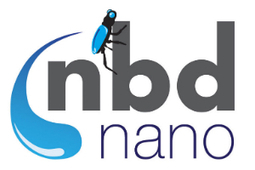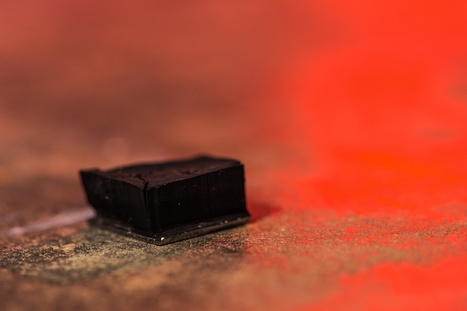"Technology inspired by the exoskeleton of a hardy desert bug is being aimed at big industrial problems, and investors are betting several million dollars that it could make a difference."
Research and publish the best content.
Get Started for FREE
Sign up with Facebook Sign up with X
I don't have a Facebook or a X account
Already have an account: Login
 Your new post is loading... Your new post is loading...
 Your new post is loading... Your new post is loading...
|
|












